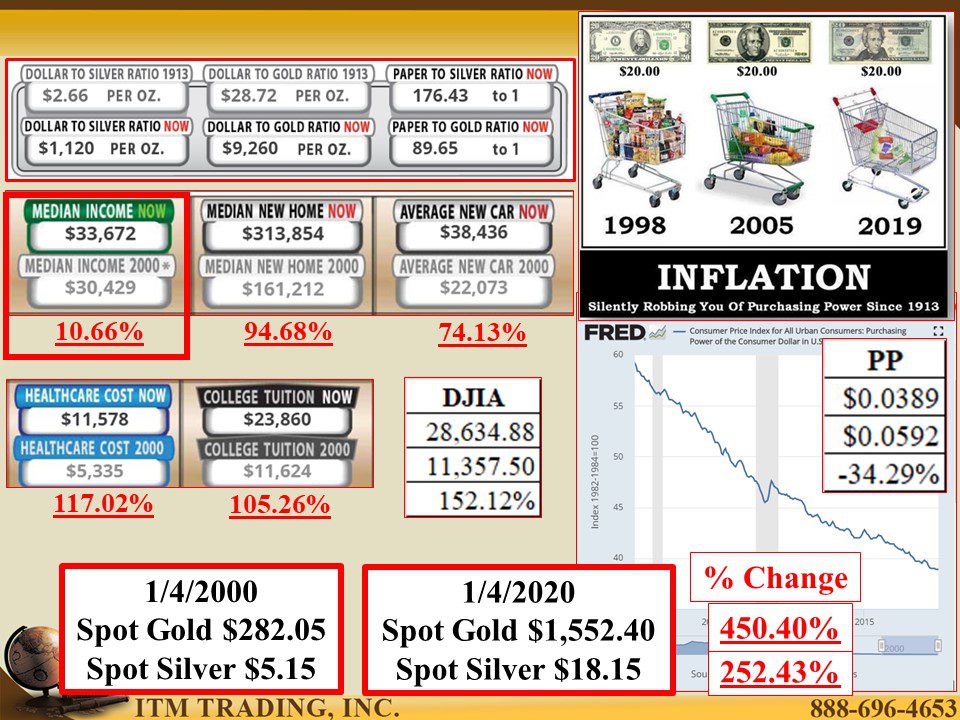

These devastating inflationary periods are a sad but common occurrence throughout history. It sounds incredible, but sadly it is true. Then 1 year after that, they would cost 800 billion Marks. Ten years later the same box of eggs would cost 50,000 Marks. In 1913 Germany you could buy a box of eggs for 1 Mark. Well known historic periods of fiat debt default and inflation are Weimar Germany in 1920’s and Zimbabwe in late 2000’s. The UK and other countries seem to be entering the final stages. Turkey & Lebanon are in the final stages today. The problem develops, gradually then suddenly.

In fact, this situation is happening today within most countries simultaneously as they all find themselves stuck in the same financial problem against a backdrop of slowing economic growth and an increasing debt pile. It is currently playing out again in The UK. The scenarios outlined have been played out in many countries throughout history (estimated at 51 times in the last 200 years). The prices of homes, assets, the stock market would crash. Unemployment, poverty, business failure, crime would skyrocket. The UK would plunge into a deep recession with standards of living dropping dramatically. The UK would face an immediate severe economic crisis, a banking crisis and currency crisis. This is called defaulting and is like an individual or company going bankrupt. If governments and central banks didn’t print money to fill their income/expenditure gap, they would be choosing to refuse to pay the interest owed on their debt or refusing to payback the debt they owe.As this cycle spirals downwards, we increasingly see supply chain problems, product shortages and increasing politicisation of everyday life. This sets off more price rises and round we go again. This vicious circle compounds and leads to ever greater ‘money printing’. Tax receipts fall and welfare payments rise, further straining government finances. Everyone, except those with assets, gets poorer. Wages don’t match these price rises and peoples savings are able to buy less than before. Scarce assets such as housing, stocks and shares, collectibles rise extraordinarily. The bigger the gap gets, the more they print, the more expensive things get. The government central bank prints money to fund this gap – this ‘money printing’ makes everything in the economy more expensive. Governments spend more then they receive in tax revenue and the gap grows every year.The process is the same for every government and country using fiat money.


 0 kommentar(er)
0 kommentar(er)
